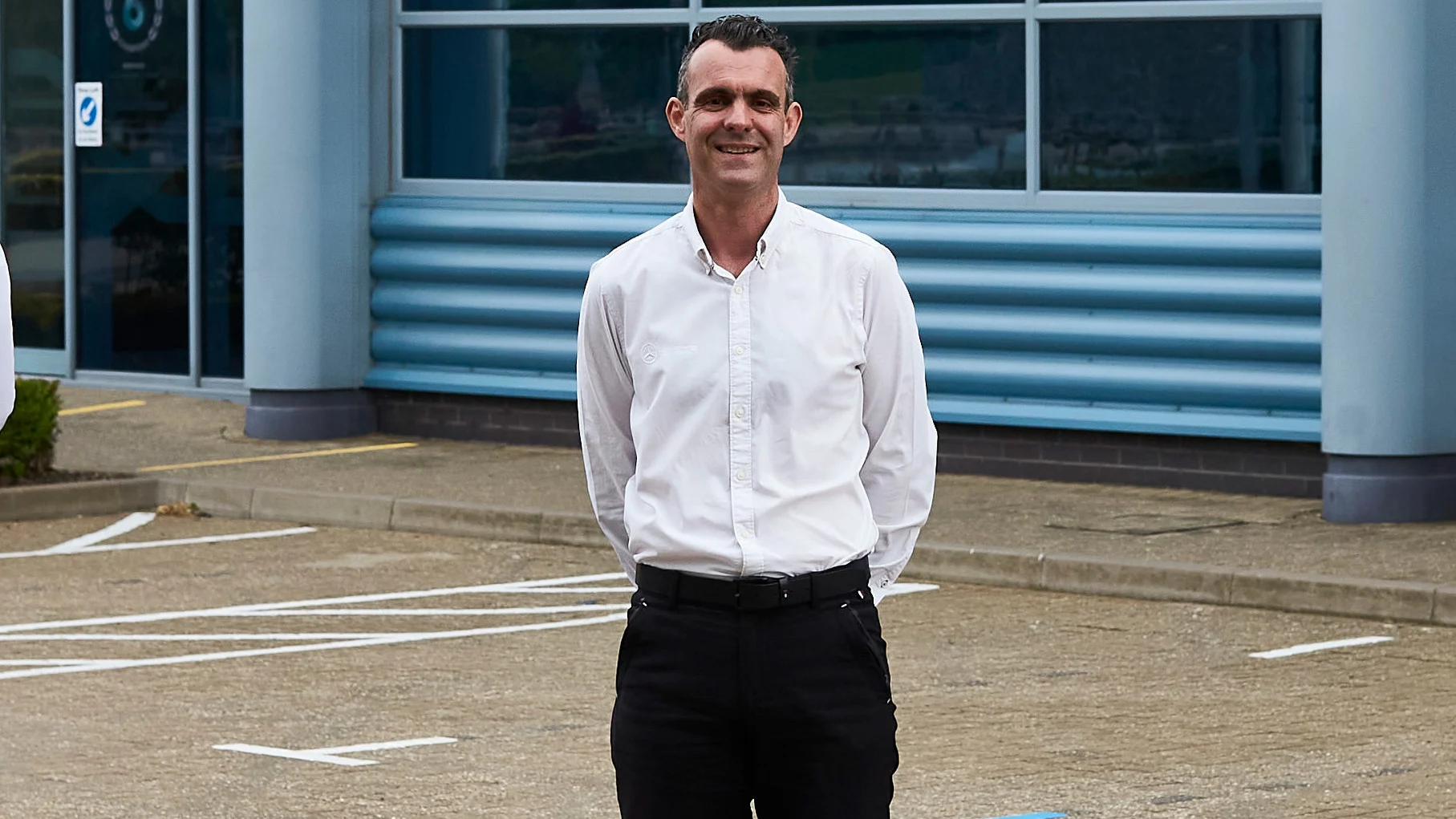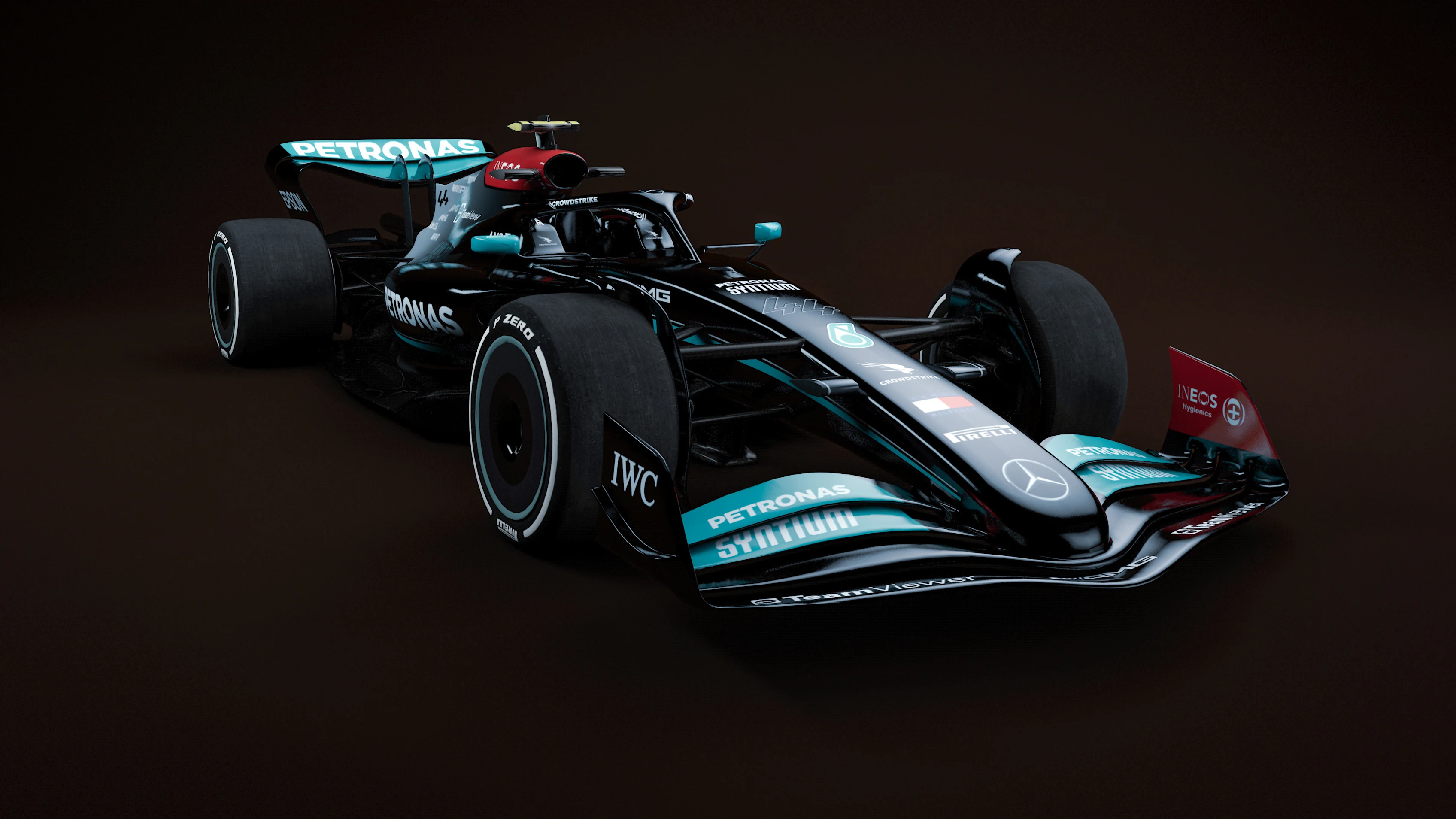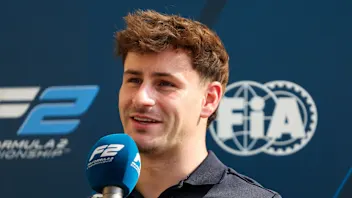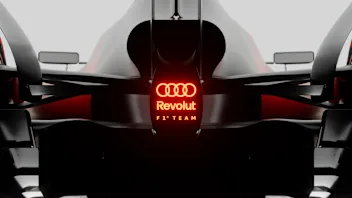The 2022 rules don’t just overhaul the aerodynamic philosophy of the Formula 1 cars, but the power units undergo a significant change this year as well. And Mercedes High Performance Powertrains’ Managing Director Hywel Thomas explained exactly why the constructors’ champions had worked just as hard on the engine side over winter.
Mercedes’ latest in a series of informative videos sees Thomas, who took over from Andy Cowell in 2020, sit down and talk about the major changes coming to power units in 2022. Those changes include the implementation of E10 fuel – comprising 10% ethanol, which will reduce CO2 emissions overall – and a freeze on performance development for the power unit from March 1.
“What we've got with the opportunity with the new car is to take a fundamental relook at things, and in some ways that gives us more opportunity and it sparks the enthusiasm, and it sparks the imagination of the engineers even more to make that installation great,” said Thomas.

“The change to the bio-content being ethanol, what that means is: the engine is going to react slightly differently to the fuel. Some areas of the performance we are really happy with, and other areas… honestly, we are less happy.
“What we have to do is change the fuel where we can and the change the hardware of the PU where we can in order to maximise the effect of the things we do like and minimise the effect of the things we don't,” explained the head of the Brixworth-based engine manufacturers.
READ MORE: Honda boss Yamamoto takes consultancy role with Red Bull
“The change this year to go to the E10 [fuel] is probably the largest regulation change we have had since 2014. So, it was a sizeable undertaking to make sure that we really developed that fuel and… shouldn't be underestimated how much work that took,” he asserted.
The aforementioned engine freeze, combined with the aerodynamic changes, mean that Mercedes HPP (and of course rival manufacturers Renault, Ferrari and Red Bull Powertrains) have to repackage their power units to fit the new cars.

“With 2022 being an all-new chassis… There are areas on the car which will be very sensitive to lap time and there are other areas on the car that are less sensitive. What we are trying to do on the PU is to make sure we stay as far away as we can from the sensitive areas to give as much flexibility as we can for the car designers, and to package parts of the PU into areas where there is less sensitivity.
“What that means is working hand-in-glove with the chassis department, with all those engineers, to make sure that the PU fits in exactly where it needs to, to make sure we can make the fastest overall package,” said Thomas.
READ MORE: 5 blockbuster rivalries to watch out for as we get set for an unmissable 2022 season
“So, with the new fuel, the freeze to the performance of the PU over the course of the season and the whole new car, the whole new aerodynamics and fitting the PU within it, there is a huge challenge for everyone involved, especially the team up in HPP,” he concluded.
We’ll see the proof of Mercedes’ efforts on track in Barcelona on February 23-25 – after they launch their W13 car on February 18 – as they aim to achieve a record ninth-straight constructors’ championship this season.
Everything you need for the 2022 Formula 1 season
DIARY DATES: The 2022 F1 calendar and F1 car launch schedule
WATCH: Everything you need to know about the new 2022 F1 car
2022 F1 GRID – All the drivers and teams racing this season
10 things every Formula 1 fan should be excited for in 2022
5 bold predictions for the 2022 season – but how many will come true?
Next Up





.webp)
.webp)